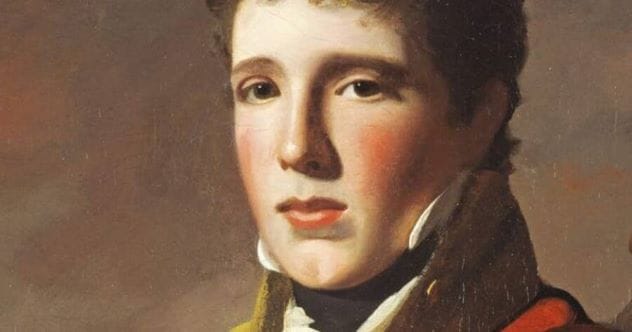Imagine a man who charmed his way through wars, married into high society twice, and was even hailed as a hero. This same man became one of history’s most audacious liars. His deceptions caused immense suffering and hundreds of deaths through a scam so unique it could never be repeated. This is the story of Gregor MacGregor, a truly despicable conman.
10. Married for Money to Climb the Ranks
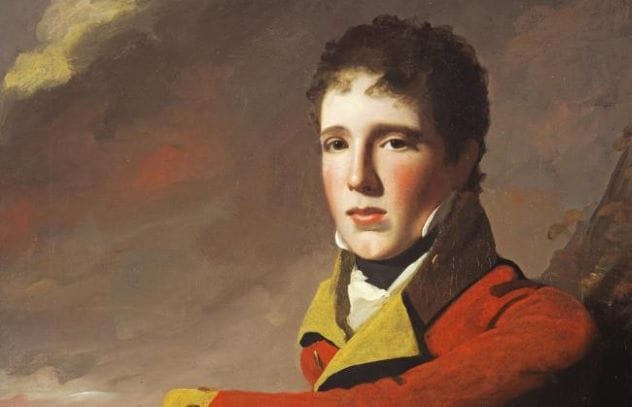
At just 16, Gregor MacGregor joined the British military. While stationed in Guernsey during the Napoleonic Wars, an expected French invasion never happened. Instead, MacGregor’s attention turned to Maria Bowater. She was young, beautiful, and, most importantly for MacGregor, from a very wealthy family; her father was an admiral.
Maria was a dream catch for any soldier. MacGregor, with his abundant charm, managed to win her over despite her parents’ disapproval. They married, and MacGregor quickly used Maria’s fortune to purchase the rank of captain. He then moved to Gibraltar, enjoying a comfortable life away from conflict for the next four years.
9. Falsely Claimed Knighthood
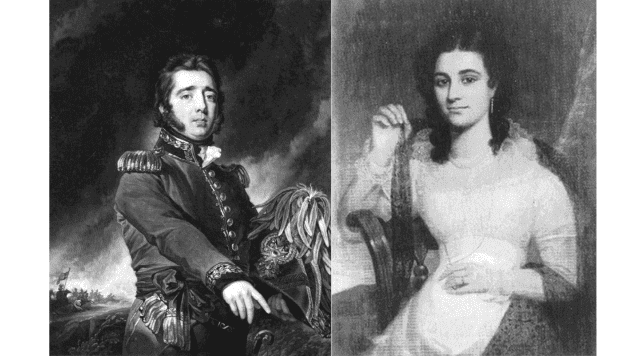
In 1810, MacGregor returned to Scotland, eager to show off a new, improved image. He had served in British and Portuguese armies and married well. Now, he wanted more respect. He started telling everyone he was “Sir MacGregor,” claiming he’d been knighted for his adventures and status. This was a lie, designed to boost his ego and gain social standing.
After his wife Maria died in 1811 and her family cut him off, MacGregor sought another wealthy wife. He traveled to Venezuela, then fighting for independence. His fake knighthood impressed Francisco de Miranda, who made him a cavalry officer. Soon, he married Doña Josefa Antonia Andrea Aristeguieta y Lovera, a relative of the famous Simón Bolívar. MacGregor continued to rise, eventually becoming a Brigadier-General.
8. Achieved Some Military Success, Briefly
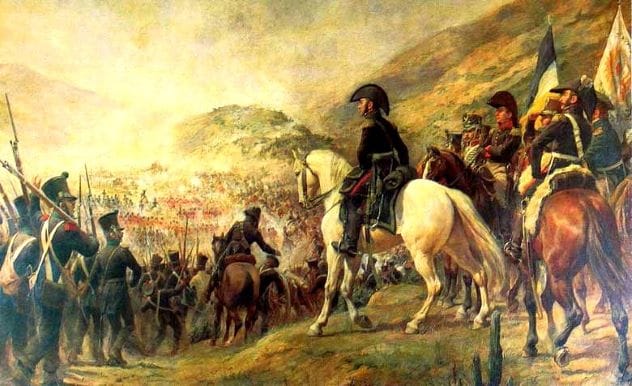
In 1816, MacGregor led over 600 troops to help reclaim Venezuela from Royalist control. However, their campaign immediately fell apart when they landed in Ocumare. Their leader (not MacGregor initially) fled, leaving MacGregor and his men surrounded, without ships, and low on supplies. Their only escape was a dangerous 300-kilometer trek through enemy-held swamps.
This suicidal march forced MacGregor to become a true leader. He used clever tactics, tricking enemies into swamps and leading bold charges. After weeks of hardship, starving and exhausted, they reached safety. News of MacGregor’s bravery spread like wildfire. He became a hero, trusted by his troops. Sadly, he would later use this trust for his own selfish plans.
7. Always Seeking His Next Scheme
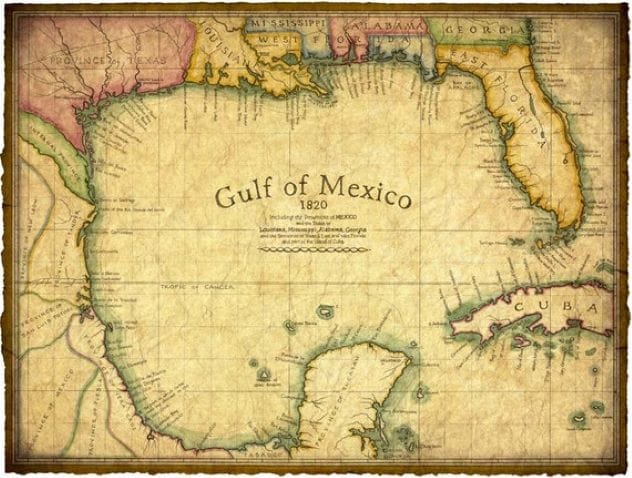
MacGregor was known as the Scottish hero who married into the Bolívar family. When the Spanish seemed largely defeated, he looked for new opportunities. He was recruited to capture ports in Spanish Florida, hiring about two hundred mercenaries in the U.S. These were not idealistic young men but hardened fighters who expected payment.
MacGregor, lacking funds, resorted to his usual tactics. He promised his men titles to large estates in Florida—land he didn’t own and never would. He also “sold” land in the yet-to-be-conquered Florida to raise money. After capturing a town, MacGregor would often just drink and relax, neglecting defenses. He would then pillage the city and sail away with the gold, leaving his hopeful mercenaries behind.
6. Abandoned His Men to Certain Death…Twice
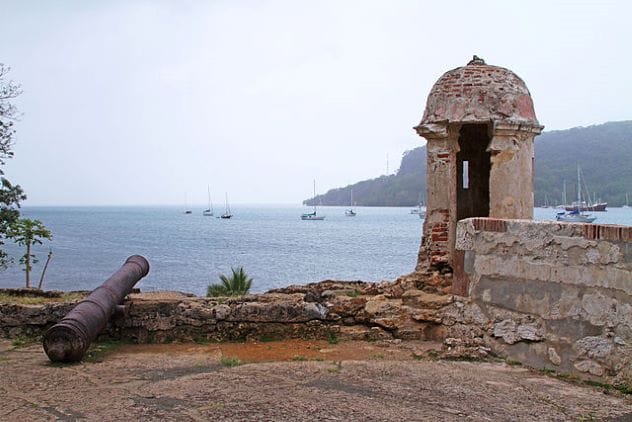
In 1818, MacGregor tried to take over Panama with around 500 men. He captured the port of Porto Bello with 200 soldiers. True to form, he immediately started drinking and relaxing, setting up no city defenses. When a Spanish counter-attack began, a likely drunk MacGregor fled by jumping out of a window, leaving his troops to fend for themselves.
A year later, MacGregor led one last siege, this time at a Royalist hold in Venezuela. Though many men deserted due to lack of pay, some still followed him. He reclaimed the stronghold, then promptly got drunk and did nothing to secure it. The Spanish attacked again, and MacGregor escaped, leaving all his remaining men to be captured and executed by the Spanish.
5. A Drunken Land Deal
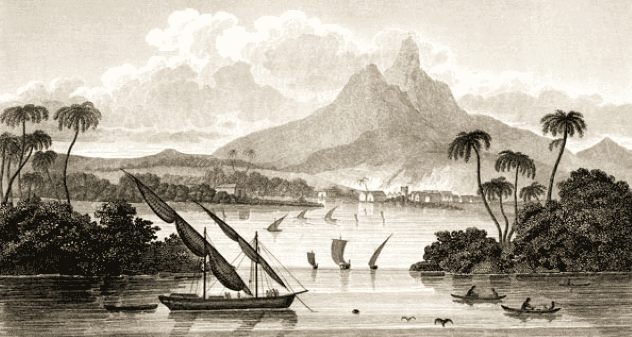
Now a wanted man by the British, Americans, and Spanish, MacGregor was desperate. He journeyed along the coast of Nicaragua, a harsh area known as the “Mosquito Coast,” full of disease-carrying mosquitos. This land was home to various tribes.
MacGregor befriended one tribal leader, “King” George Fredrick Augustus. The two went on a days-long drinking binge. During this time, Augustus traded eight million acres of tribal land to MacGregor in exchange for some rum and jewelry. Augustus likely thought the land was useless, but MacGregor had a grand, deceitful plan for it.
4. Invented an Entire Country: Poyais
MacGregor now owned a vast, albeit useless, piece of land. But he saw an opportunity. He decided to create a fictional country: Poyais! He first gave himself the title “His Serene Highness, Prince Gregor MacGregor.” He and his wife then returned to London, where his past heroics were surprisingly still remembered.
People believed his new title without much question. MacGregor set up offices in London to make his con look legitimate. He spread false information, claiming Poyais was a well-established, prosperous nation with gold-filled rivers and incredibly fertile soil. He even created a settler’s guidebook. Through these lies, spread via local newspapers, MacGregor tricked over 500 investors.
3. His Deception Led to More Tragic Deaths
MacGregor’s Poyais con was tragically successful. Hundreds of settlers bought land in his imaginary country. Instead of the paradise MacGregor promised, they arrived to find harsh jungle and desolate swamps. So convincing was MacGregor’s scam that many believed they had simply docked in the wrong place and searched fruitlessly for the non-existent city.
Eventually, supplies ran low, and a hurricane forced them to settle along the Mosquito Coast. The native mosquitos carried malaria and yellow fever, leading to the deaths of more than 200 settlers—families, children, and the elderly who sought a new life. A passing ship rescued a few survivors, but even their horrifying stories didn’t immediately stop the Poyais con.
2. The Poyais Scam Continued for 15 Years
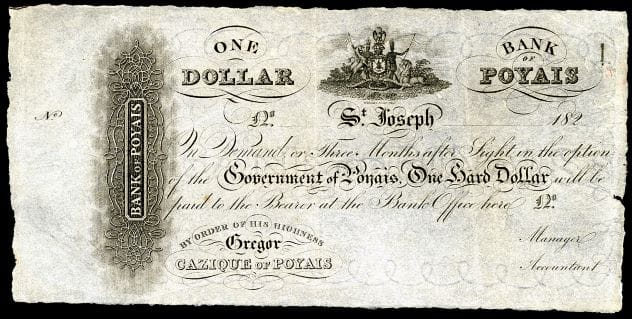
Survivors of the Poyais disaster began to warn others about MacGregor’s scheme. Naval ships even started intercepting ships heading towards “Poyais.” News of MacGregor’s terrible lies spread far and wide.
Yet, incredibly, the con didn’t stop. MacGregor’s scheme was so well-crafted that it lasted for over 15 years, from 1822 until 1837. People in England, and later in France, continued to fall for it. It’s impossible to know exactly how many hopeful settlers sailed to a promised paradise, only to find a diseased wasteland and never return.
1. A Shockingly Light Punishment
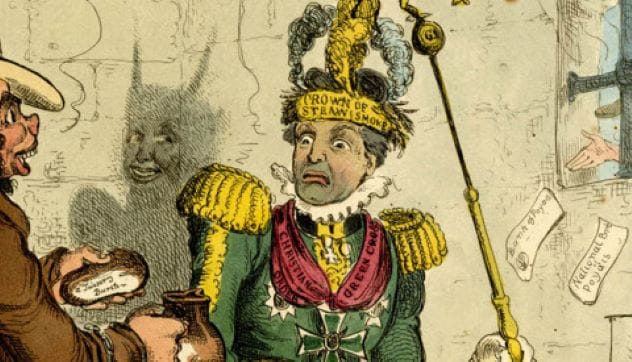
Even as stories of his massive fraud circled the globe, MacGregor largely evaded consequences. He used the stolen money to move to France, where he attempted the same Poyais scheme. The French government, however, caught on much faster, and he was arrested.
Remarkably, MacGregor managed to blame his French associates for the con. He was acquitted and only served about six months in a French prison. After his wife died, he moved back to Venezuela. There, he was surprisingly granted a general’s pension by the new government. Gregor MacGregor lived out the rest of his days peacefully, passing away in 1845 at the age of 58, a conman who largely escaped justice for his devastating deceptions.
Gregor MacGregor’s story is a chilling reminder of how far charm and audacity can take a person, and the devastating impact of their lies. His life involved daring military exploits, but it was his elaborate financial deceptions, particularly the Poyais scheme, that cemented his legacy as one of history’s most notorious conmen.
What do you think was MacGregor’s most outrageous lie? Share your thoughts in the comments below!


